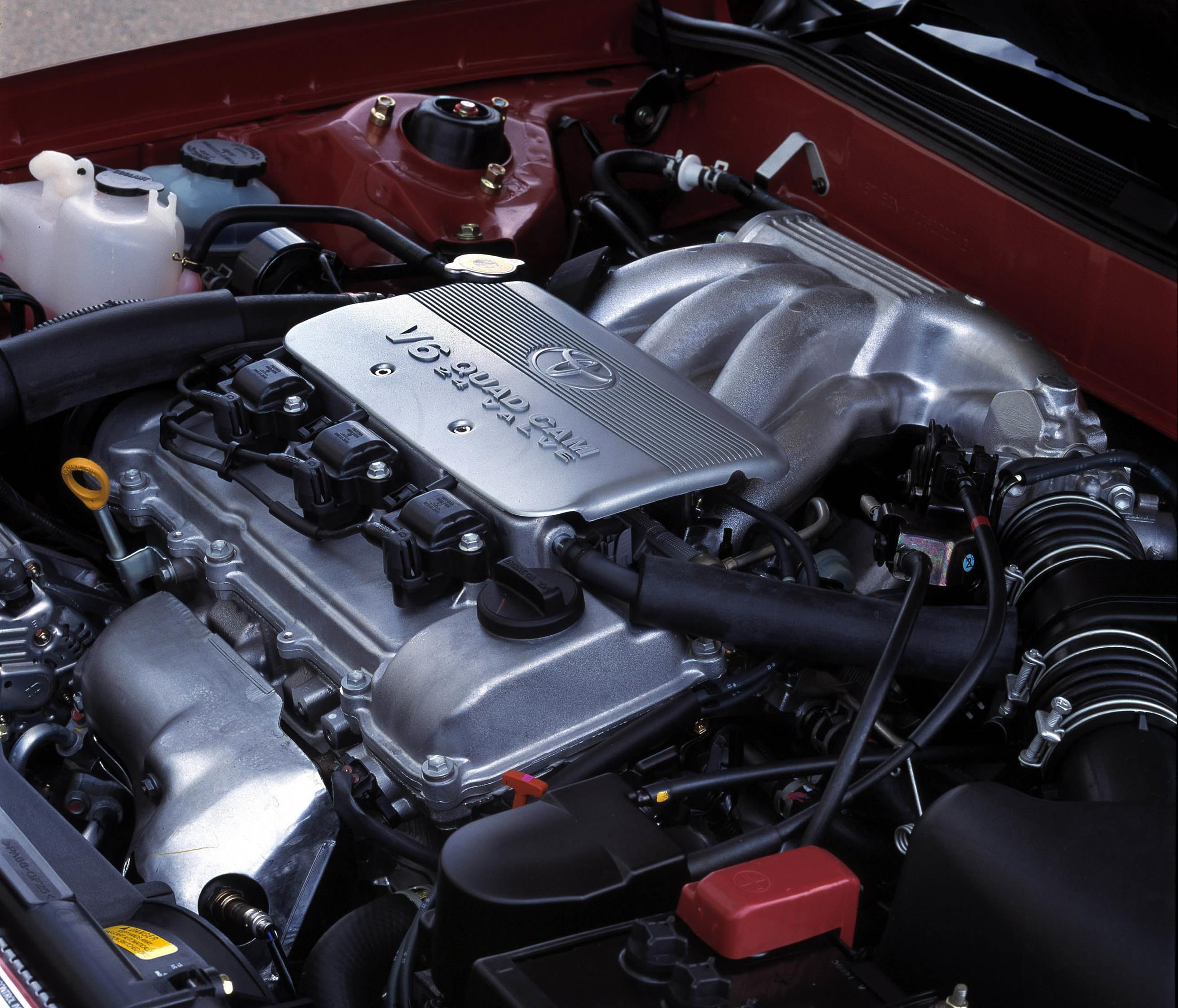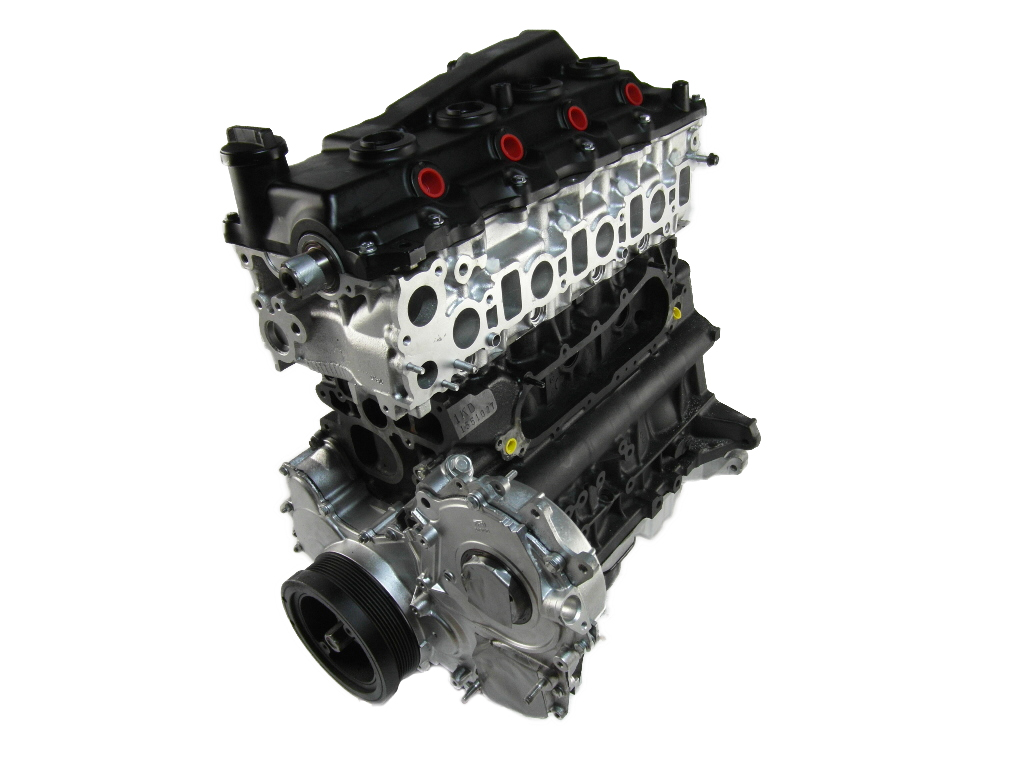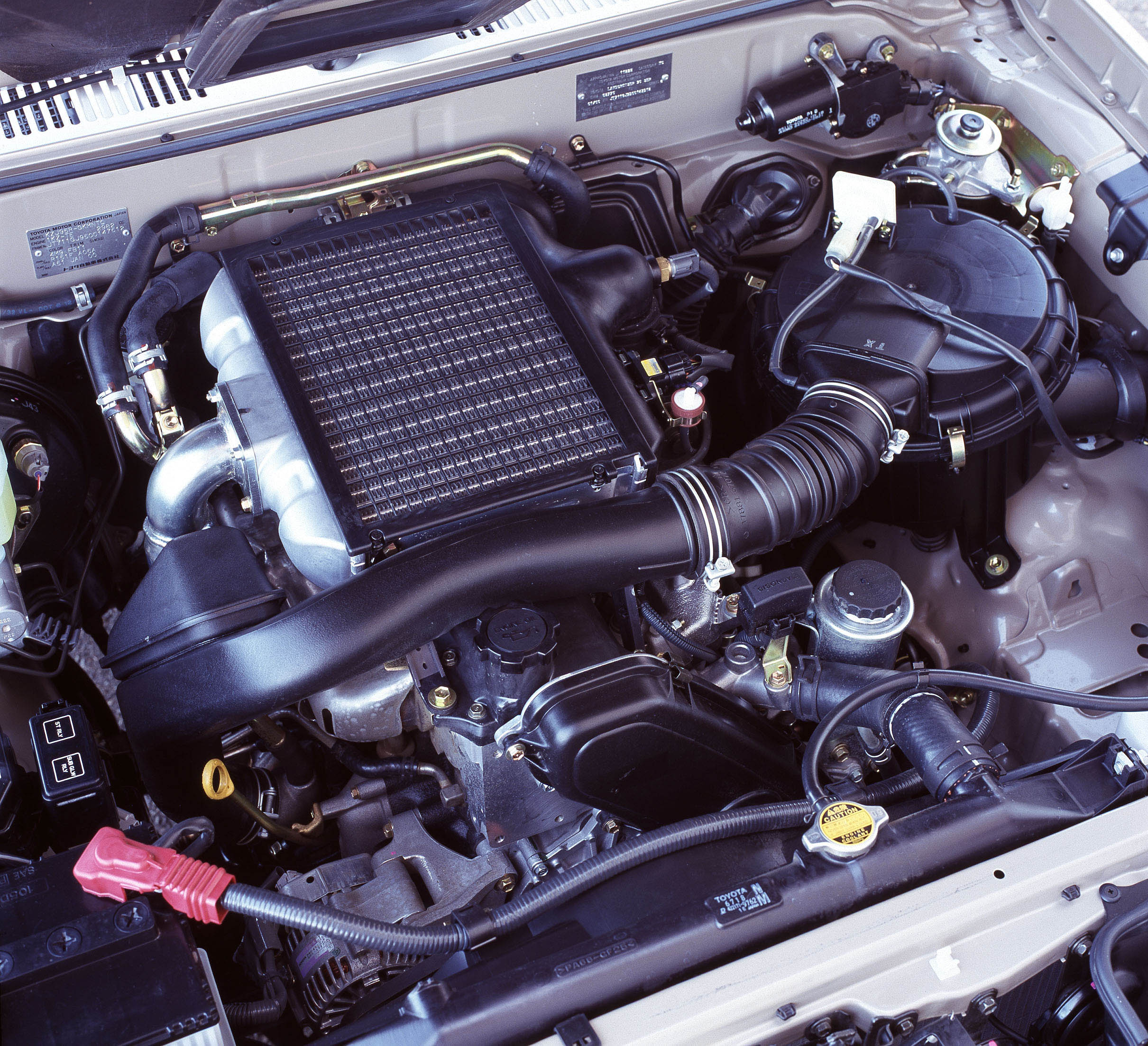Introduction
The Mazda MZR-CD RF 2005 was a 2.0-litre turbo-diesel engine that was produced in standard and high output forms. Australia, however, only received the high output version which was introduced in the Mazda GG/GY Mazda6 Diesel in 2006 and subsequently powered the Mazda BK Mazda3 Diesel.
| Model | Engine | Trans. | Power | Torque | Years |
|---|---|---|---|---|---|
| Mazda BK Mazda3 Diesel | 2.0-litre turbo diesel I4 | 6sp man. | 105 kW at 3500 rpm | 360 Nm at 2000 rpm | 2007-09 |
| Mazda GG/GY Mazda6 Diesel | 2.0-litre turbo diesel I4 | 6sp man. | 105 kW at 3500 rpm | 360 Nm at 2000 rpm | 2006-07 |
Cylinder block
The MZR-CD RF 2005 diesel engine had a cast-iron block that was virtually the same as Mazda’s FE engine which was originally developed for naturally aspirated petrol engines. The MZR-CD RF 2005 block had the same dimensions and bell housing pattern, with 86.0 mm bores and an 86.0 mm stroke providing a capacity of 1998 cc. Unlike the MZR-CD R2 2008, the RF 2005 did not have balance shafts.
Cylinder head
The Mazda MZR-CD RF 2005 had an aluminium alloy cylinder head and a single overhead camshaft (SOHC) which actuated the four valves per cylinder via roller rocker arms and rocker bridges. The camshaft was driven by a timing belt which had to be replaced every 120,000 kilometres; the belt tensioner used a hydraulic mechanism which also compensated for increased belt tension due to heat expansion of engine components.
Based on the table below, the MZR-CD RF 2005 engine had valve overlap of 5 degrees, intake duration of 216 degrees and exhaust duration of 229 degrees.
| Code | Valves | State | Timing |
|---|---|---|---|
| MZR-CD RF 2005 | Intake | Open | 6° BTDC |
| Close | 30° ABDC | ||
| Exhaust | Open | 41° BBDC | |
| Close | 8° ATDC |
Variable geometry turbocharger (VGT)
The MZR-CD RF 2005 diesel engine had a variable geometry turbocharger (VGT), understood to be an IHI RHF5-VJ33. Variable geometry turbochargers have a set of vanes which are arranged in the path of the air flow and, by changing the angle of the vanes, the area of the turbine inlet is changed. At low engine speeds, when air flow through the engine is relatively low, the velocity of the air flow can be increased by partially closing the vanes, thereby increasing turbine speed.
Injection
The MZR-CD RF 2005 engine had a Denso common-rail injection system which used six-hole solenoid injectors and provided maximum injection pressure of 1800 bar. The six-hole injectors had a minimum injection interval of 0.3 ms and could provide multi-stage injection up to nine times per cycle to prevent rapid pressure increases in the cylinders and suppress knock (i.e. unwanted combustion).
Fuel was injected into each combustion chamber before the piston reached top dead centre (TDC) to enhance combustion efficiency while minimising particulate matter (PM) emissions. The MZR-CD RF 2005 engine had a compression ratio of 16.7:1 – lower than comparable diesel engines – to reduce pumping losses and improve thermal efficiency. Furthermore, the lower combustion temperature helped minimise NOx.
Emissions control and diesel particulate filter (DPF)
To control the air:fuel ratio and minimise NOx formation, the MZR-CD RF 2005 engine had a high response intake shutter valve and a control valve for the exhaust gas recirculation (EGR) cooler that were located on the intake side of the engine. Furthermore, residual oxygen in the exhaust gases was monitored by an O2 sensor.
The MZR-CD RF 2005 engine had a catalysed diesel particulate filter (DPF) which featured a honeycomb structure with many channels closed off at alternate ends. The soot particulates contained in the exhaust gas accumulated at the porous dividing walls, while gaseous components such as CO and HC passed through the filter.
To prevent the filter becoming blocked, the collected soot particulates would be burnt off (a process known as ‘regeneration’). To facilitate the regeneration process, the channels of the DPF had a catalytic coating that lowered the temperature required to burn off the soot particulates.
Pressure and temperature sensors in the DPF would detect when the soot accumulation capacity of the filter was reached. The engine control system would then increase exhaust gas temperature to burn off the particulates by initiating multiple fuel injections.
If the DPF indicator light was illuminated and the DPF was blocked due to an excessive soot amount accumulated, it had to be manually regenerated with the aid of M-MDS (Mazda-Modular Diagnostic System).
Lubrication
The lubrication system for the MZR-CD RF 2005 engine included:
- A trochoid gear type oil pump, directly driven by the crankshaft;
- A Water-cooled type oil cooler;
- A spin-on type oil filter; and,
- Oil jet valves.
For MZR-CD RF 2005 engines with diesel particulate filters, Mazda developed a special engine oil, Mazda Dexelia DPF, which satisfied the ACEA C1 specification and had significantly lower ash formation than normal engine oil (62 per cent lower than the ACEA A3/B4 specification). If a different type of oil were used, increased ash formation would reduce the service life of the Diesel Particulate Filter (DPF).






